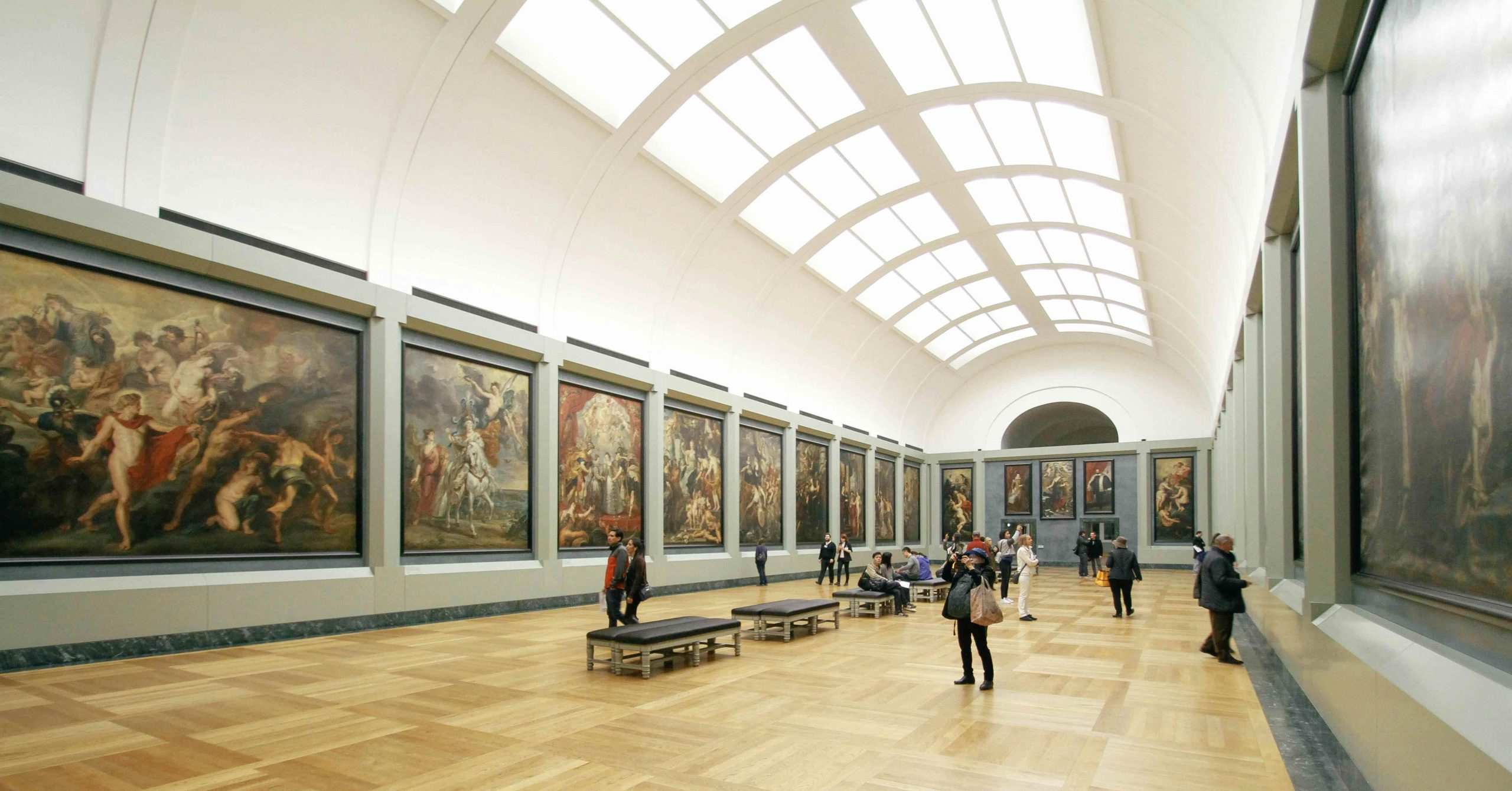In 2021, the press announced a new series born from a gift awarded by the Abakanowicz Arts and Culture Charitable Foundation. This series, the Abakanowicz
A few weeks ago I spent a fortnight in Venice helping set up “Porch: An Architecture of Generosity” and installing my book The Porch: Meditations
November 9 is “Go to an Art Museum Day,” and we’re celebrating by highlighting some fantastic exhibitions currently on view at museums around the US
The University of Chicago Press is pleased to announce that Objects in Air: Artworks and Their Outside around 1900 by Margareta Ingrid Christian is the
This month on the blog, we catch up with executive editor Karen Levine to hear about her career path, her work in acquiring art and
In his new book, Botanical Icons: Critical Practices of Illustration in the Premodern Mediterranean, Andrew Griebeler traces the history of botanical illustration in the Mediterranean
In her new book, The God Behind the Marble, Alice Goff relates a history of Germans’ attempts to transform society through art in an age
This year, the University of Chicago Press is publishing new editions of two stunning photography collections by famed American photographer W. Eugene Smith. We sat
Panel painters in both the middle ages and the fifteenth century created works that evoke the luster of precious stones, the sheen of polished gold
In her new book, Atmospheres of Projection: Environmentality in Art and Screen Media, Giuliana Bruno brings together cultural history, visual studies, and media archaeology to









